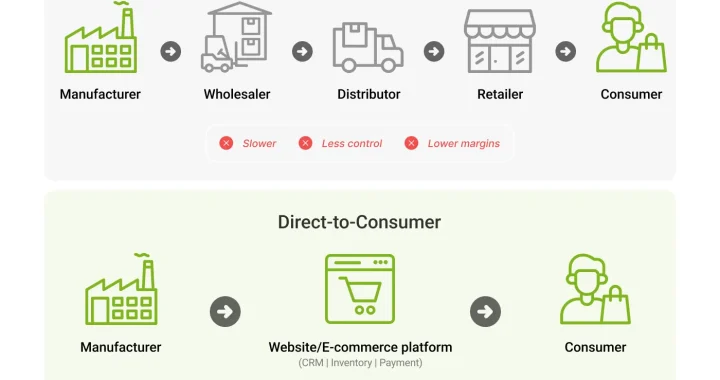What is a Sales Cycle?

A sales cycle is a logical sequence of events where leads are generated through marketing automation tools and transferred to the sales team. In the next step, the sales team follows a traditional outbound sales process by making cold calls, emailing, and door-to-door visits. The goal of the sales cycle is to convert leads into customers, which takes time and requires a team to nurture leads over a period of time.
Most businesses follow a similar process. A sales rep makes initial contact with a potential customer, learns their problem, and presents a solution. The customer then makes a decision, purchases, or refers someone to buy from the company. The length of the sales cycle depends on the nature of the product or service, the overall market, and a few other factors. Here are some of the more common stages. If your sales cycle is long, your customers will not be ready to buy.
A sales cycle is an important part of the selling process. Sales reps may spend most of their time communicating with a decision-maker, while a sales process may take several months. Enterprise sales cycles may take a year, which is why it’s crucial to continuously fine-tune your sales techniques to reduce your overall sales cycle. There are many ways to reduce the length of the sales cycle, and the key is to make the most of it.
The sales cycle outlines all of the steps and processes required to close a sale. It helps sales representatives coordinate their activities and plan accordingly. By having a set process for each step, every sales rep will have a clear understanding of the selling process. This makes it easy for new employees to understand the sales cycle, and helps them identify the areas in which they need to focus their training. It’s also important to understand what the customer expects and how to improve the sales process.
If your sales cycle is too long, you could face a cash flow crisis. An effective sales cycle should take into account the buyer’s journey, including the buyer’s persona and preferred communication channels. For the most effective sales cycle, you should invest in customer marketing initiatives, like webinars, to invite your prospects and inform them about new products. These efforts will help you develop an efficient sales process and boost your profits. And if all this fails, you should invest in sales training for your entire team.
When a sales rep identifies a potential lead, they should approach the prospect and reach out to them. Prospecting puts your business in front of prospective buyers and shows that you’re proactive. Prospecting research has shown that 71% of buyers want to hear from sellers early in the buying process. So, a successful sales cycle needs to include a proactive approach to prospecting. In this regard, prospecting is critical to every sales process.











